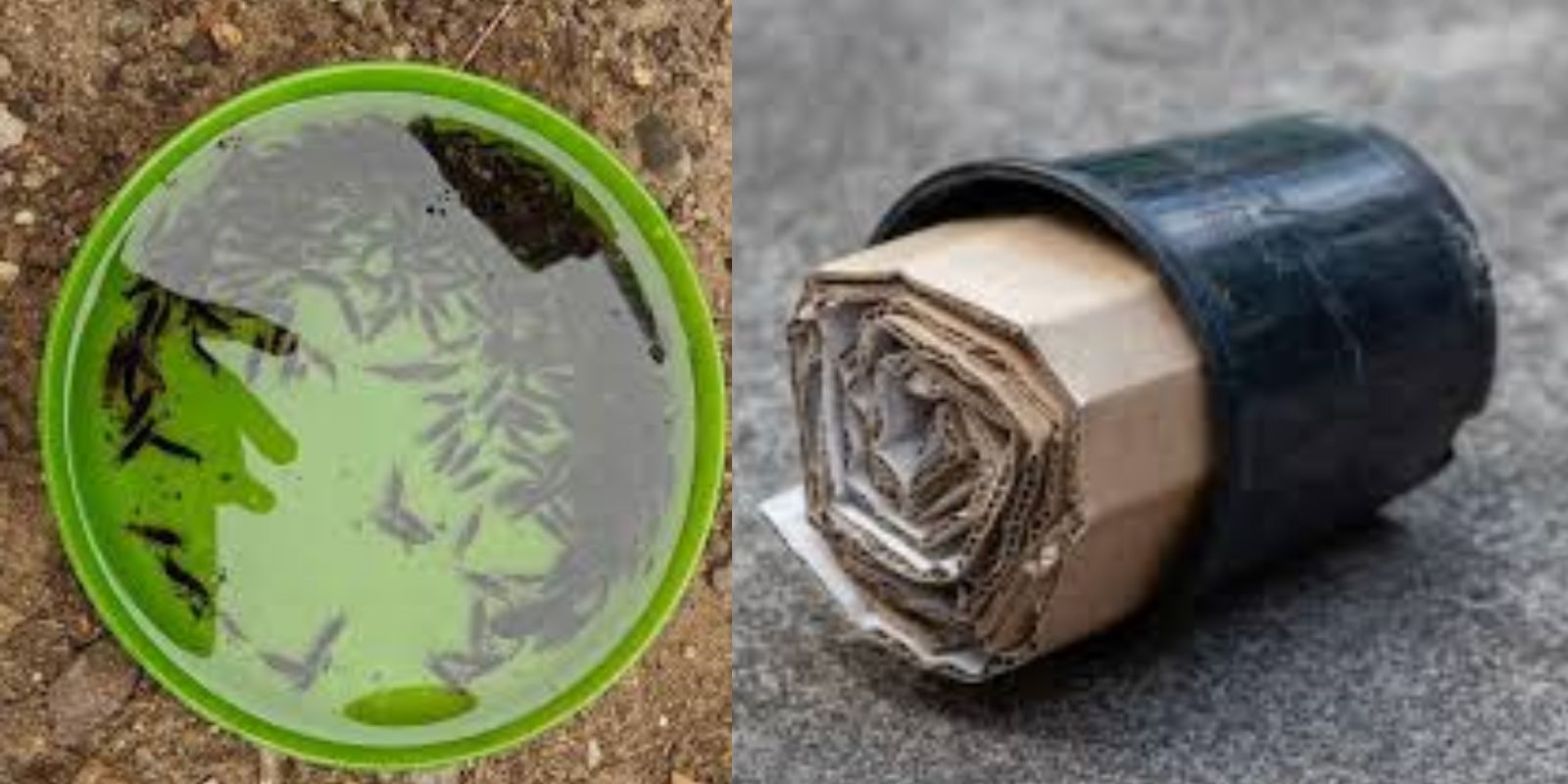Introduction
Earwigs, often recognized by their pincers, can cause significant damage to your plants, especially tender seedlings and flowers. While they are part of the natural ecosystem, serving as decomposers and even predators of smaller pests, an overpopulation of earwigs can lead to chewed leaves, ruined blooms, and unhappy gardeners. Instead of resorting to chemical pesticides, a homemade earwig trap provides a safe, effective, and environmentally friendly solution. This article guides you through the process of creating and using homemade traps to reclaim your garden from these nocturnal nuisances.
Understanding Earwigs and Their Behavior
Earwigs are nocturnal insects that hide during the day in dark, damp spaces. They come out at night to feed on decaying plant matter, but they also feast on healthy plants, flowers, and fruits when their preferred food is scarce. Common signs of an earwig infestation include jagged holes in leaves, damaged flower petals, and chewed vegetables. Knowing their habits helps you strategically place traps for maximum effectiveness.
Why Use a Homemade Trap?
- Eco-Friendly Solution: Homemade traps reduce the need for chemical pesticides that harm beneficial insects and the environment.
- Cost-Effective: Made with household items, these traps are budget-friendly and easy to assemble.
- Targeted Control: Traps attract earwigs specifically, allowing you to manage their population without affecting other garden inhabitants.
How to Make a Homemade Earwig Trap
Creating a homemade earwig trap is straightforward and requires minimal effort. Here’s a detailed guide:
Materials You’ll Need:
- Shallow containers (plastic lids, small bowls, or yogurt cups).
- Vegetable oil or olive oil.
- Soy sauce (optional, for enhanced attraction).
- A small spade or trowel (for positioning traps in the soil).
Step 1: Prepare the Mixture
Combine equal parts vegetable oil and soy sauce in your shallow container. The oil acts as the trapping agent, immobilizing the earwigs, while the soy sauce serves as an irresistible bait due to its fermented smell. If you prefer to avoid soy sauce, plain oil works effectively as well.
Step 2: Position the Traps
- Select areas in your garden where you’ve noticed earwig activity, such as near chewed plants or along garden beds.
- Bury the trap slightly so the rim is level with the soil, making it easier for earwigs to climb in.
Step 3: Monitor and Maintain
- Check the traps daily, preferably in the morning, and dispose of the trapped earwigs.
- Refill the traps with fresh oil and soy sauce as needed.
- Move the traps to different areas if you notice reduced activity in one spot.
Step 4: Repeat and Combine Methods
Continue using the traps until the earwig population is under control. Pairing this approach with other natural pest management techniques, such as removing debris and mulching, can further reduce their habitat and numbers.
Tips for Success
- Trap Placement Matters: Position traps near vulnerable plants or in shaded, moist areas where earwigs are likely to hide.
- Timing Is Key: Set traps in the evening when earwigs are most active.
- Clean Regularly: Empty and clean the traps daily to maintain their effectiveness and prevent unpleasant odors.
- Reduce Hiding Spots: Clear garden debris, such as fallen leaves and woodpiles, to minimize hiding places for earwigs.
Additional Natural Methods to Manage Earwigs
While traps are highly effective, combining them with other natural methods ensures comprehensive pest control:
- Handpicking: During the evening, use a flashlight to spot and remove earwigs manually.
- Encourage Natural Predators: Birds, toads, and certain insect species feed on earwigs. Create a garden environment that attracts these natural allies.
- Diatomaceous Earth: Sprinkle diatomaceous earth around plant bases to create a barrier that dehydrates and deters earwigs.
Benefits of Homemade Earwig Traps
- Protects Plants: Safeguards tender seedlings, flowers, and vegetables from damage.
- Eco-Conscious Gardening: Avoids harmful chemicals that can disrupt the garden ecosystem.
- Customizable: Adjust the bait or design to suit your garden’s needs.
- Satisfying and Empowering: Gives gardeners a hands-on way to tackle pests while learning about their garden’s ecosystem.
Frequently Asked Questions
1. How long should I use the traps?
Traps can be used throughout the growing season, especially during peak earwig activity in spring and summer. Regular monitoring ensures their population remains manageable.
2. Are earwigs harmful to humans?
Earwigs are not harmful to humans. While their pincers may look intimidating, they rarely pinch and do not transmit diseases.
3. Can I use other baits besides soy sauce?
Yes, you can experiment with alternatives like beer or molasses mixed with water. The goal is to attract earwigs with a strong scent.
4. Will these traps attract other pests?
While the traps are primarily designed for earwigs, other small insects may also get caught. Adjust the bait if unintended catches become an issue.
The Rewards of Natural Pest Control
Using homemade earwig traps not only helps protect your garden but also aligns with sustainable gardening practices. By avoiding chemical solutions, you preserve beneficial insects, maintain soil health, and contribute to a thriving ecosystem. Plus, there’s immense satisfaction in taking control of your garden’s wellbeing with simple, natural methods.
Conclusion
Earwigs might be small, but their impact on your garden can be significant if left unchecked. Fortunately, with homemade traps, you can effectively manage their population and safeguard your plants without resorting to harmful chemicals. So grab a few household items and get started today—your garden will thank you!
Have you tried making your own earwig traps? Share your experiences and tips in the comments below! Don’t forget to use #EcoGardening #PestControlHacks #DIYGardenTips to join the conversation.

